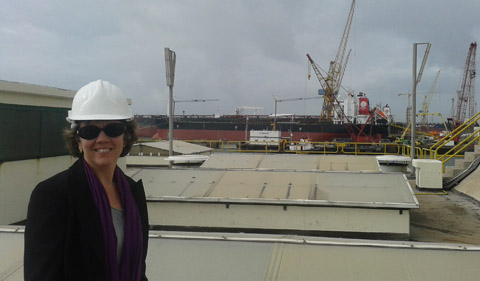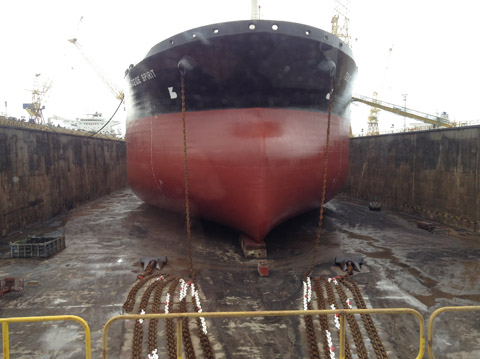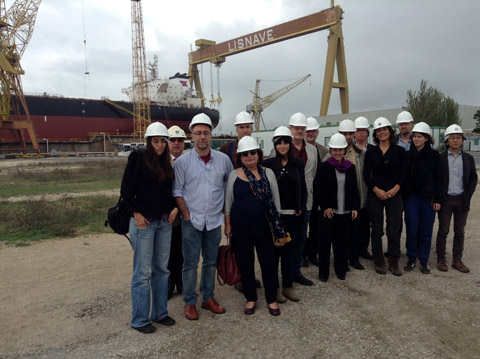Dr. Robin Muhammad, Associate Professor and Chair of African American Studies at Ohio University, is a member of In the Same Boat? Shipbuilding and ship repair workers: a global labour history (1950-2010).
The project involves the study of shipbuilding labor around the world from World War II until the present from a global history perspective. The researchers are tracking the relocation of production and analyzing its consequences to workforces in Europe, North and South America, and in East Asia from the 1980s onward.
Among the many reasons for studying shipbuilding labor is the importance of this industry to transportation and world trade, steel industry, its relationship with military defense, and its productive character. Shipbuilding is essentially an assembly industry and therefore one that newly industrializing countries find attractive.
In October, Muhammad attended the projects’ third international workshop in Lisbon, Portugal.
The collaborative team of researchers met to discuss each chapter of the forthcoming volume of In the Same Boat: Shipbuilding and ship repair workers: a global labour history. The workshop took place at the New University of Lisbon (Universidade Nova de Lisboa). Follow their work at http://inthesameboatproject.wordpress.com.
Following this two-day workshop, the team visited the Lisnave shipyard.
In the Same Boat? A Global Labour History Project.”
Muhammad’s chapter in the forthcoming book is on “Charting a New Course: U.S. Shipbuilding Labor, 1950-2000.”
Abstract: This chapter explores the trajectory of United States shipbuilding in the second half of the 20th century and the impact of the declining U.S. shipbuilding industry on shipyard workers. During this period U.S. industrial workers faced many challenges as urban de-industrialization led to wage stagnation and accelerated unemployment. However, U.S. shipyard workers who remained employed were also among the highest paid industrial workers in the country. As U.S. shipbuilding declined, the role of U.S. government and specifically the U.S. Maritime Administration (MARAD) became increasingly important as private ship production of large merchant ships rapidly diminished by the end of the 20th century. For the shipyard workers who remained on the job the increased dependence on naval contracts meant comparatively stable wages, but at the expense of shrinking employment. Moreover, labour legislation in the late 20th century extended protections and forms of redress to U.S. shipyard and other industrial workers, but such protective labour policies proved inadequate for many who worked in welding and other shipyard trades. Understanding how and why U.S. shipbuilding shifted from supporting both private and naval production to an almost exclusive focus on naval ships will demonstrate the transformation of the U.S. shipyard worker during the late 20th century.




















Comments